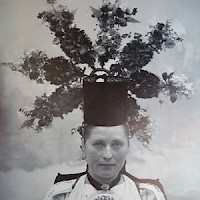P #27
New Financial Totality: Beeple’s EVERYDAYS (2)
08.30.22
The 2021 sale of Beeple’s EVERYDAYS was met with alarm by some and enthusiasm by others, as it seemed to legitimize the low-trust crypto economy. Part 2 addresses how understanding of crypto as “new money” echoes a similar point of fiscal development from the Modern period that shaped the world of finance as we know it today.
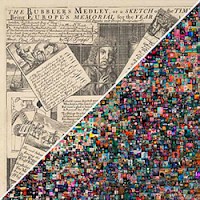
P #26
New Financial Totality: Beeple’s EVERYDAYS (1)
08.25.22
The 2021 sale of Beeple’s EVERYDAYS was met with alarm by some and enthusiasm by others, as it seemed to legitimize the low-trust crypto economy. This two-part essay considers Beeple’s opus art-historically. Part 1 asks: what does postmodern architecture teach us about Blockchain?
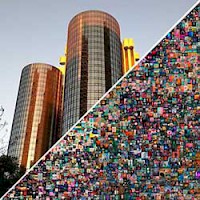
P #25
Plus Ça Change
06.06.20
A cognac whose branding celebrates both the monarchies of the past and the disruptive economies of the present mirrors current trends in national politics, and the increasing disregard for ‘the commoners’ and humanity itself.
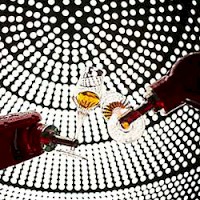
P #24
Notes on Utopia, History and Architectural Form
03.02.19
How does contemporary art remind us of the ruined utopias of the past? And how do the universalist claims of modernist architecture reappear in the light of contemporaneity? A postutopian perspective is not retrogressive per se but rather holds true to the emancipatory claims of modernity by criticizing its problematic aspects.

P #23
The Lycanthropocene
10.05.18
The Lycanthropocene is a shapeshifting myth that doesn't compute. Suspending disbelief, an internet-of-things-that-go-bump-in-the-night is queried, tagged and cached. Indexing anthropogenic image yields, traveling carnivals, autonomous vehicles, and machinations thereof, our monster is optimized for inclusion in the long tail of tomorrow's killer keyword niche.
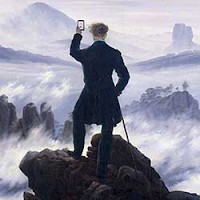
P #22
I Set Out to Write a Critical Essay
07.15.18
On photographs by Alexander Gardner and Alvin Baltrop. When looking from one to the other, we must ask what is in practice, what is at stake. Does love move among objects? Can a pair be more than two, less than one? Does the body have to confront the object? And what to do with the violence?

P #21
Artist's Rendering (Remainders)
05.05.18
On convenience, discomfort, impasse, precluding, nagging possibility, desired outcomes.
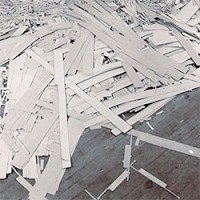
P #20
Abstraction and Everyday Life
12.01.17
How does contemporary art, especially politically engaged art, move beyond an already co-opted critique of capitalism and the nation-state? How do artists and intellectuals contend with the worst refugee crisis since World War II?
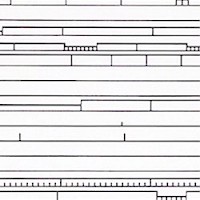
P #19
The Social Media President: Donald Trump’s Visual-Rhetorical Strategies On Instagram
08.31.17
Most of the global public considers Donald Trump’s use of social media a means of politics. How does his visual communication on Instagram look like and what does it accomplish? Here are some preliminary thoughts from a semiotic point of view.
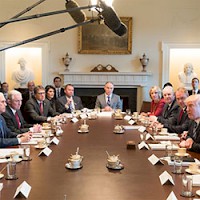
P #18
On Making Graven Images: The Racial Meanings of Death in a Walker Evans Photograph and Its Double
06.09.17
Two Depression-era texts reproduce the same Walker Evans photograph: in one, the image represents the grave of a white tenant farmer, and in the other, it appears as that of a black sharecropper. Through its “translation” across the color line, Evans’s image indexes a complicated history of representation, race, and appropriation.

P #17
Lean In, The Statue
03.20.17
Once again, the best of our intentions and most well-meaning of our identifications have been turned into the cruelest of weapons against us.

P #16
The Pig and the Algorithm
03.04.17
Computer vision technology has developed an ability to both caption and describe photographic images, prompting the question: what makes human vision distinct?
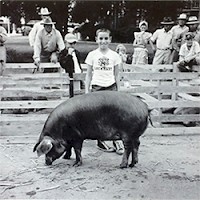
P #15
Habitus of Horror
12.01.16
The taste for horror in fiction is a distinctive characteristic that embeds people within communities. The genre's oppositional qualities offer a lens through which the world can be navigated and understood.
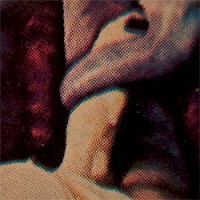
P #14
A Glimpse Inside of Us
10.23.16
Although we communicate daily with friends and others in the macroscopic world, we do not pay much attention to the plethora of communication going on inside of our bodies. This changes when our internal communication gets disturbed, and we wonder what we can do to get it back on track.
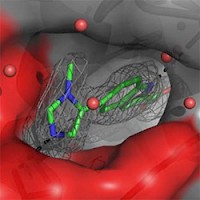
P #13
High Line Picturesque
10.01.16
High Line Picturesque traces the aesthetic origins of the now world famous park, revealing the social and economic issues that arise when a historical landscape tradition is employed to reshape an infinitely complex urban environment.
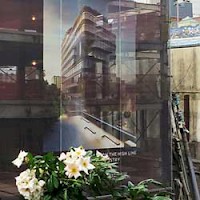
P #12
Plot
09.05.16
In the vast real estate development of The Castle, the unwanted husband of I.S., a poor laborer, has just turned up murdered. An adventure to the crematorium slowly begins to reveal the complex layers of her world.
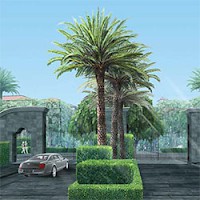
P #11
New Text – Fake Name
07.21.16
Artist = Agent = Critic = Marketer = Advisor = Brand ambassador = Trend forecaster = Superforecaster = Producer = You = Me = Enemy = Dealer = Spy = Advertiser = Disser = Lover = Styler = Consumer = Detective = Criminal = Accomplice = Thief = Adaptor = System = Cool shit

P #10
Imaginative Currencies! Imaginary Resistance?
06.25.16
Alternative currencies are said to be critical, subversive and a challenge to established ones. But is creating artistic bank notes really a valid criticism of the destructive nature of capitalist money?

P #9
Ceci N’est Pas un Artwork
10.18.15
When is an artwork just an artwork? This essay probes this question by examining an artwork that bears the traces of a collector’s (and his daughter’s) hand, unraveling the impact that not only collectors but also curators and institutions have on the status and presentation of art.
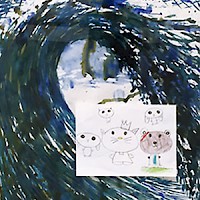
P #8
On the Efficacy of Exposure
10.18.15
Despite increased access to evidence of police brutality and governmental wrongdoing, outrage today is not always followed by indictment. Is the story we tell ourselves about exposure going the way of upward mobility and other so-called genres of expectation?
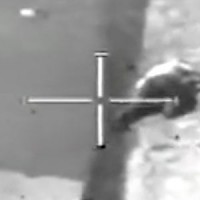
P #7
What Does Transparency Look Like?
10.17.15
A look back at what it meant to be “alternative” in the nineties, focusing on one of the author’s favorite records, Shellac’s The Bird Is The Most Popular Finger.

P #6
Don’t Let the Sun Go Down on Me
10.17.15
A snapshot of a brightly spotlit church made by chance one spring night is analyzed through successive layers of associations, culminating in the artificially illuminated stained glass windows being read as an allegory for the semiotic conditions of the photographic image itself.

P #5
Panorama of Our
10.17.15
A fragment on media, territory, earth.

P #4
Travelling Shots
10.17.15
The more we think about this project, the more we get into a state of uncertainty. But in a positive way. Like when you're about to start on a journey that you've been looking forward to.

P #3
At Sea
10.17.15
Real replicas. Dummy doppelgängers. Carbon copycats. Dead ringer-rings. Living imaginary. Spitting imitation. Original knockoffs. False facsimiles. Perfect likeness.
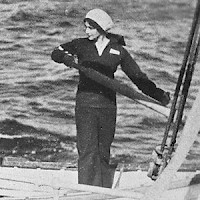
P #2
Mirage
10.17.15
Sculpted water used as the branding image of a bank’s pre-paid debit card carries conflicting associations, both intentional and unintentional.

P #1
Ethnographic Photography and the Modernist Simulacra
of Tradition
10.17.15
Modernity and industrialization brought with them not only a specific mode of seeing but, crucially, a way of visually representing their cultural products.
